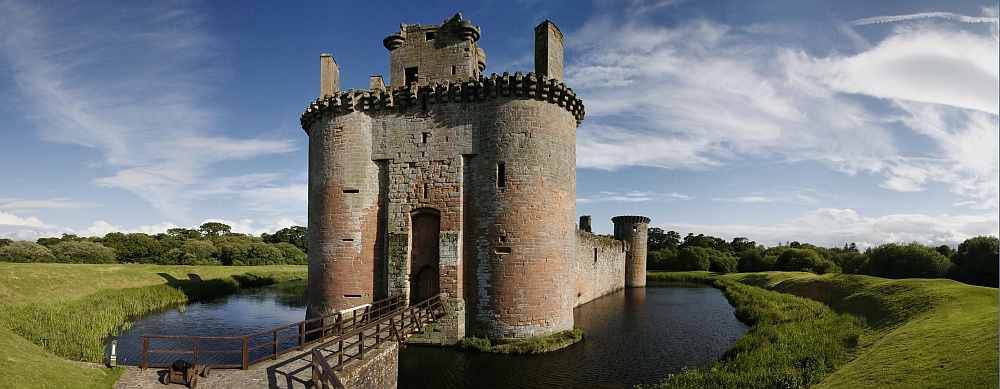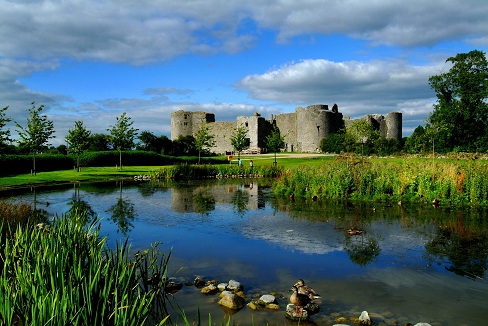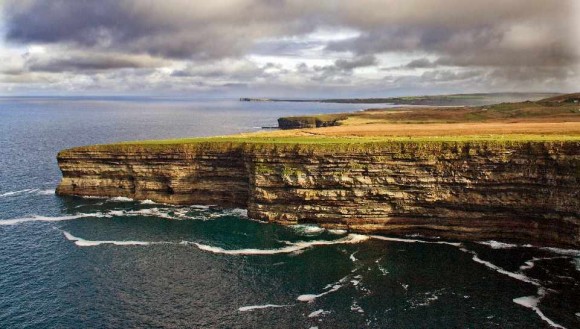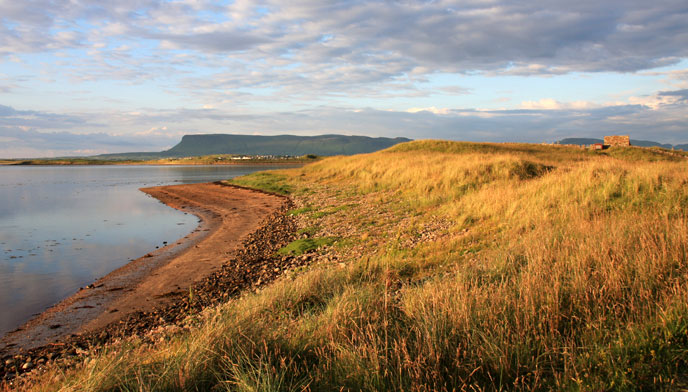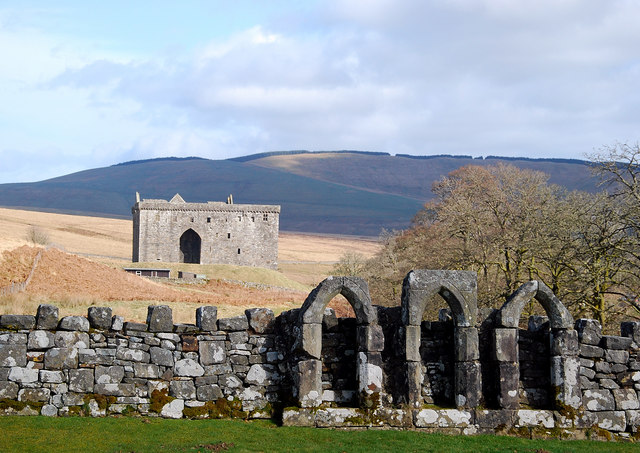Tipperary, County Tipperary
Tipperary, made famous by the World War I marching song, and taking its name from the nearby source of the River Ara, is a manufacturing and dairying centre. There are hardly any remains of antiquity except a gateway of a 13th century Augustinian Priory. A...


